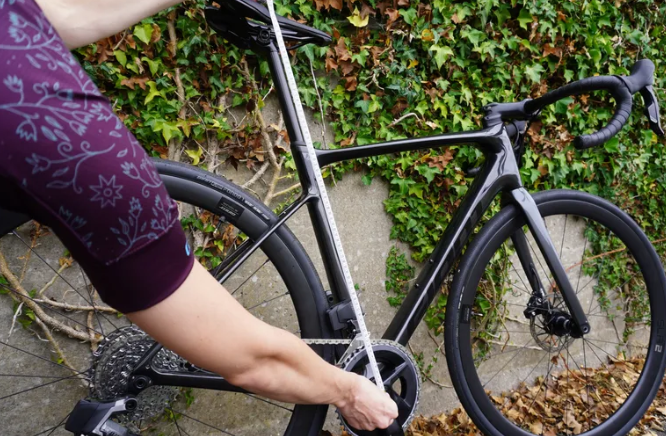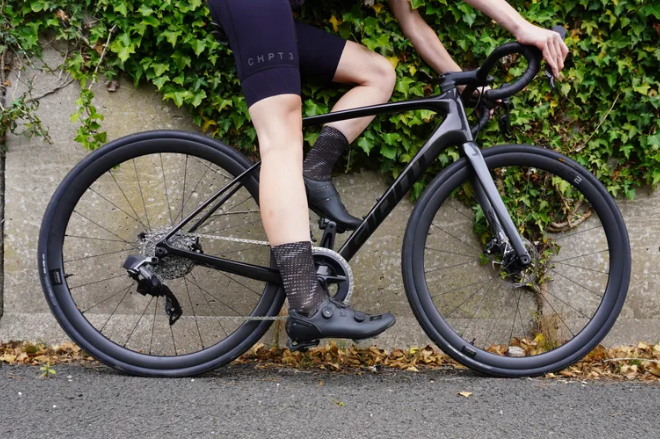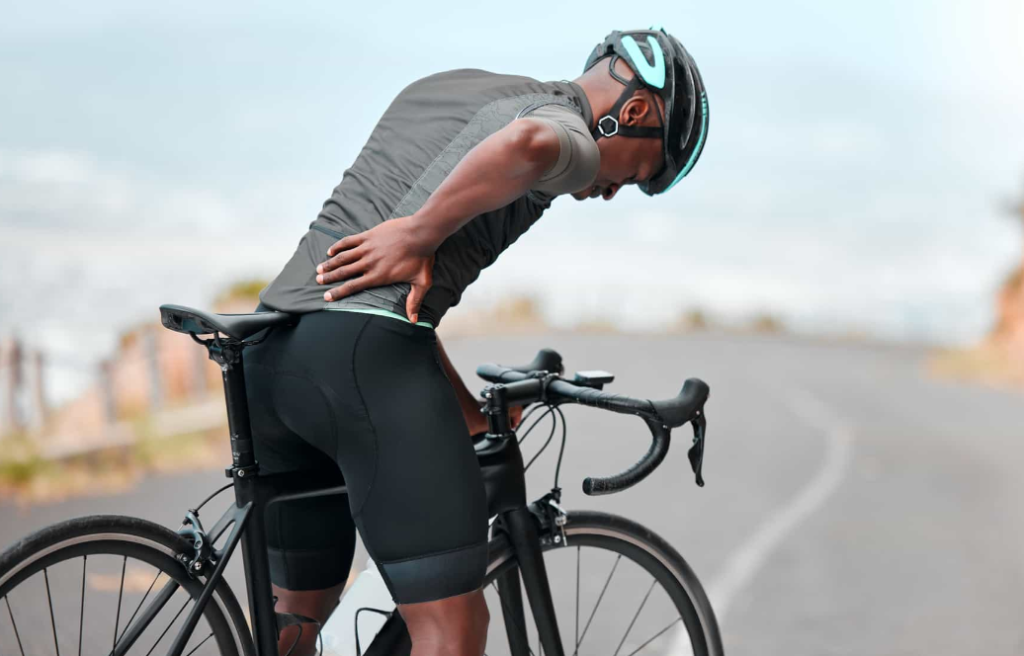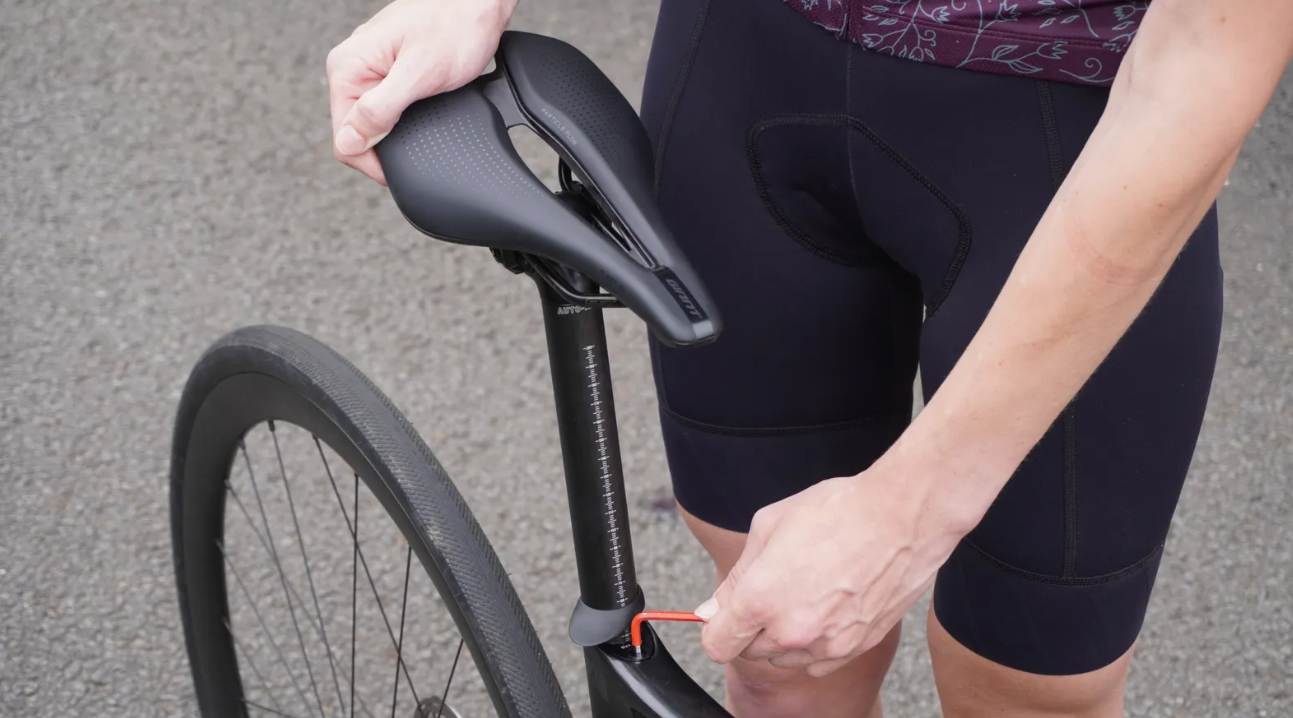The setting of the bicycle saddle height plays a crucial role in cycling comfort and performance. The saddle height can significantly influence the riding experience. SUMLON will explore the importance of bike seat height and its impact on cycling performance.
What is saddle height? How it is Measured?
The bike saddle height refers to the distance between the saddle and the center of pedal spindle. Ensuring your saddle height is essential for ride comfort, efficiency, and injury prevention. Setting seats too low or too high may lead to low comfort, stampede inefficiency, and even injury. (Image source: cycling weekly)

What is the best saddle height?
Establishing the optimal saddle height requires striking a balance between maximizing power output and maintaining comfort with bio-mechanical efficiency. A widely adopted method of determining the seat height is the “heel-to-pedal” method. In this method, when the pedal is in the lowest position, and the rider is sitting in the seat, the heel should be touched just enough to touch the pedal. This ensures that the knee is slightly bent when the sole of the foot is on the pedal, thus achieving efficient trampling without overstretching.

What is the effect of the incorrect bike seat height?
Riding too low may cause discomfort in the knees, hips and waist due to excessive bending of the knee joints. Conversely, a high seat setting may cause tension in the Achilles tendon and discomfort in the back of the knee. Incorrect seat height may affect the tread efficiency. Too low seat setting may limit the range of motion, resulting in reduced power output and increased energy expenditure. Conversely, excessive seat setting may cause hip sway and energy waste. Incorrect seat height during cycling increases the risk of overuse injury and acute injury due to impaired bio-mechanics and stability.

What are the effects of incorrect seat height on cycling performance?
Optimal seat height allows the rider to maximize power generation during each step, achieved by effectively moving the muscles. This is especially important for competitive cyclists who desire to improve their performance and achieve faster speeds. Comfortable seat height is essential for long-distance cycling and endurance cycling. Correct biomechanics reduces fatigue and enables cyclists to sustain more extended periods of effort. The seat height also affects the handling and control of the bike. The seat setting is too high may make it difficult to touch the ground, thus affecting the stability when starting or stopping. Conversely, a low seat setting may prevent effective weight distribution and affect mobility.
How to adjust the saddle height?
Finding the perfect seat height usually requires a test. Riders should make minor adjustments to seat height and test these changes during the ride to assess comfort and performance. For cyclists who cannot determine the optimal seat height, seeking help from a professional bicycle trainer is recommended. Bicycle regulators use motion analysis and bicycle adjustment tools to ensure precise adjustments for individual bio-mechanics and cycling styles. Finally, the optimal seat height may vary by the type of cycling activity. For example, mountain cyclists may prefer slightly lower seat heights to improve mobility over technical terrain, while road cyclists often seek higher seat heights to maximize power transfer and aerodynamics.
By the way, SUMLON has been manufacturing bicycle parts for over 15 years. Contact us if you are looking for a bike parts factory or a one-stop wholesaler. Peace




